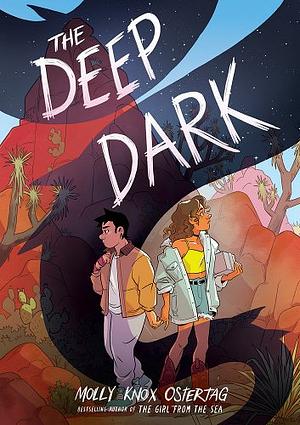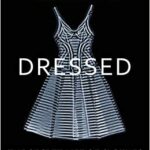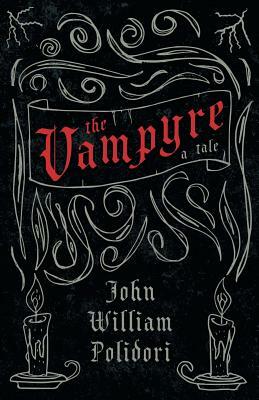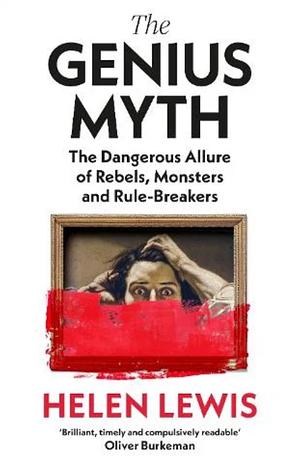 What have you recently finished reading?
What have you recently finished reading?
It’s actually been a few days since I finished anything, so it took me a minute to figure it out! The last thing I finished was Ursula Le Guin’s Finding My Elegy, which is a mix of then-new poems and some older selections. I found it a bit of a weird mix at times.
Before that, I finished Christianna Brand’s Death in High Heels, of which I wasn’t a big fan. I always find her kinda mean, as a writer, and the homophobia on top in this one didn’t help.
 What are you currently reading?
What are you currently reading?
A few books at once, it will surprise no one to hear. I’m still partway through volume two of Grandmaster of Demonic Cultivation, which I should just sit down and try to binge a bit, because it’ll probably work better for me that way. I’m also rereading Vivian Shaw’s Grave Importance at last, getting back to that in order to go on and read the new book, and I’ve started the recent British Library Crime Classic collection, As If By Magic (edited by Martin Edwards as usual), which is pretty fun since it’s impossible mysteries.
Other than that, I also picked up Sam Leith’s The Haunted Wood: A History of Childhood Reading, which I’m enjoying so far. It’s quite a big book, but even so there’s never going to be any way that it could be comprehensive, but I knew that going in.
Aaaand I almost forgot, because I left the book in my reading nook, but I’m also finally reading Kaite Welsh’s The Wages of Sin, which is so far interesting but a bit grim (female medical student in Edinburgh when women have first been admitted to the medical course, also she’s clearly been assaulted and blamed for it, also she’s working with prostitutes and the poor).
 What will you be reading next?
What will you be reading next?
Honestly, no clue. I’ll probably start on T. Kingfisher’s Paladin’s Faith soon, since I’m currently working on reading books I’ve bought this year, but that’s a ways out since I have a bunch of books on the go already. Who knows what my whim will be by the time I’m through the current pile?




















